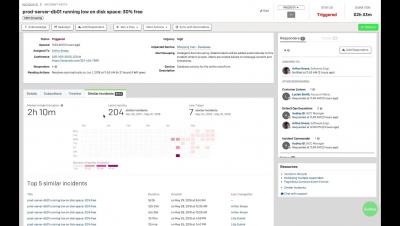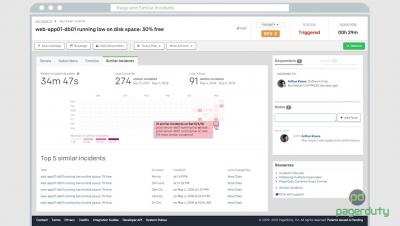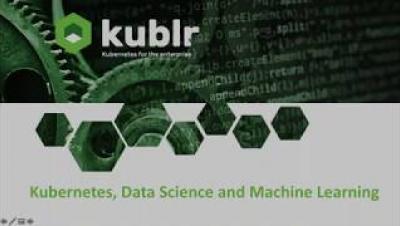Grafana vs. Kibana: The Key Differences to Know
We live in a world of big data, where even small-sized IT environments are generating vast amounts of data. Once an organization has figured out how to tap into the various data sources generating the data, and the method for collecting, processing and storing it, the next step is analysis.











